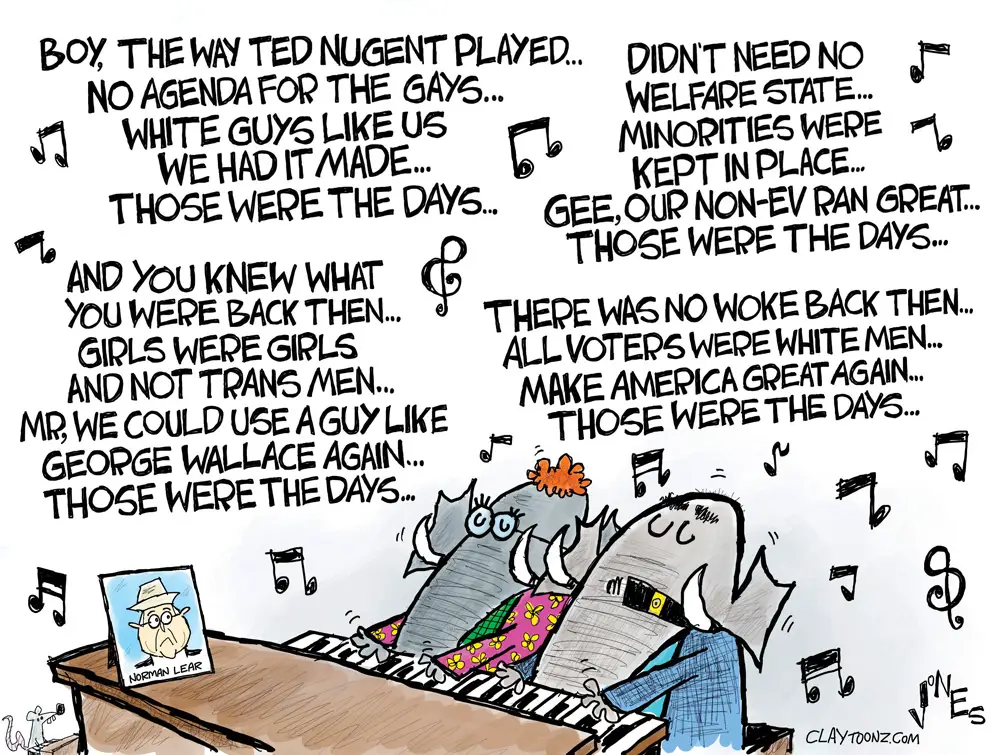
To include your event in the Briefing and Live Calendar, please fill out this form.
Weather: Sunny. Much cooler with highs around 60. North winds 5 to 10 mph. Monday Night: Partly cloudy. Lows in the upper 40s. North winds 5 to 10 mph. See the daily weather briefing from the National Weather Service in Jacksonville here.
Today at a Glance:
In Court: It’s trial week. Eight cases are on the felony docket, though as always, most may get resolved or continued to a later date. Cases include that of Juan Carlos Nodarse, the 54-year-old Palm Coast man and convicted felon arrested in February following a standoff with sheriff’s deputies at his house, and after he’d fired a gun twice; that of Jerome Malebra, a 47-year-old Palm Coast man accused of aggravated stalking of a 15-year-old girl, and of using a computer to lure a minor (he faces three third-degree felony charges); and Elizabeth Tremoglie, who faces a second degree felony charge of aggravated battery with a deadly weapon. The court hears the cases at 8:30 a.m.
The Flagler County Library Board of Trustees meets at 4:30 p.m. at the Flagler County Public Library, 2500 Palm Coast Pkwy NW, Palm Coast. The meeting of the seven-member board is open to the public.
The Bunnell City Commission meets at 7 p.m. at the Government Services Building, 1769 East Moody Boulevard, Bunnell, where the City Commission is holding its meetings until it is able to occupy its own City Hall on Commerce Parkway likely in early 2023. To access meeting agendas, materials and minutes, go here. Commissioners will discuss a water and sewer rate study conducted for the city, ahead of a rate hike. The city administration did not post the study for public examination.
Wet-Felting Poinsettia Workshop at Ormond Memorial Art Museum and Gardens, 78 E Granada Blvd, Ormond Beach, 10:30 a.m. $60 members, $67 for non-members. Information and registration at www.ormondartmuseum.org. Learn how to make a beautiful, felted poinsettia in red, pink or white. Choose a pin back, a magnet, or a wire to complete your piece to wear, display your holiday cards, or hang on your tree. Beginner and intermediate students are welcome; some felting experience is helpful but not required.
Rotary’s Fantasy Lights Festival in Palm Coast’s Town Center: Nightly from 6 to 9 p.m. at Palm Coast’s Central Park, with 55 lighted displays you can enjoy with a leisurely stroll around the pond in the park. Admission to Fantasy Lights is free, but donations to support Rotary’s service work are gladly accepted. Holiday music will pipe through the speaker system throughout the park, Santa’s Village, which has several elf houses for the kids to explore, will be open, with Santa’s Merry Train Ride nightly (weather permitting), and Santa will be there every Sunday night until Christmas, plus snow on weekends! On certain nights, live musical performances will be held on the stage.
Nar-Anon Family Groups offers hope and help for families and friends of addicts through a 12-step program, 6 p.m. at St. Mark by the Sea Lutheran Church, 303 Palm Coast Pkwy NE, Palm Coast, Fellowship Hall Entrance. See the website, www.nar-anon.org, or call (800) 477-6291. Find virtual meetings here.
In Coming Days:
Dec. 23: Culmination of toy drive for Toys for Tots at AW Custom Kitchens, European Village, starting at 11 a.m. A drawing for all eligible participants will take place at 2 p.m. Anyone who will have donated toys for the drive will have a chance to win various items, including a 65-inch 4K Smart TV, an Apple iPad, a pair of Apple Air Pods, and gift cards from the co-sponsors of the event. Fifty such cards have been donated. With proof of a voucher, donors also will receive a free hot dog, a free drink, a free popcorn, a free cotton candy, and a free snow cone. There will be a variety of fun things to do such as a bouncy house for children in thanks to the community for its generosity. See details here.
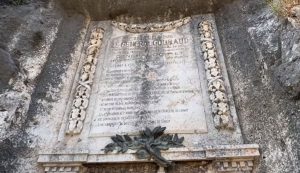 Notebook: Just as Bunnell is the crossroads of Flagler County, the River of the Dog (Nahr-el-Kalb), a few miles north of Beirut, is the crossroads of civil- and uncivil-izations: there, on the rocky ramparts rising from the coast along what the Lebanese still refer to as the Dog’s River, but that is hardly a creek, you will see 20 separate engravings in the rock face. Not minor engravings, but big, elaborate, intentional engravings carved into the rock face, many of them with ornate frames, each of them a notch from history. They are the “we were here” markings of the likes of Ramses II from around 1300 BC, the Babylonian Nebuchadnezzar II from the 6th century BC, something from Proclus, who governed Phoenicia–present-day Lebanon–in the 4th century BC, an inscription from the Roman emperor Caracalla ( “a monster whose life disgraced human nature,” Gibbon called him, though not in a marking at Nahr-el-Kalb), some Greek markings (the Greeks called the river Lycus, “The Wolf,” from whence the name, I imagine) several Islamic steles, one dedicated to Napoleon III, whose forces intervened in Lebanon in 1860-61 to halt a massacre of Maronite Christians–induced by an earlier Christian massacre of Druze in Deir el Amar, where the maternal branch of my family supposedly comes from–then inscriptions by French and British occupiers in 1918, and an unfortunate inscription by Vichy France in 1942. Napoleon III, “with his usual boorishness,” Colin Thubron notes, “erased an ancient Egyptian inscription to carve the legend of his 1860 campaign.” There’s also one marking Lebanese Independence in 1943. In 2000, Wikipedia tells me, “Lebanese demonstrators, including supporters of ex-general and current politician Emile Lahoud, erected a monument to marking the departure of Israeli troops from Lebanon.” Curiously, there is no inscription from the Crusading goons of Raymond de Saint-Gilles, who passed by there on May 19, 1099, on his way to laying siege at Jerusalem and eventually massacring everything that moved in there, Christians included, that July. He was in a hurry to get there, and didn’t want to test the Fatimid Muslim regime in Egypt, whose northern boundary at the time was demarcated by Nahr-el-Kalb, or rather the mountain cliff that falls into the sea right there: there was no tunnel at the time. They didn’t man the border: it was as open then as it is today (the coastal highway runs through there, going under that tunnel cut through the same rock the steles, on the north side of the mountain, are cut from: I used to love driving through the tunnel more than I ever cared for the steles, which we may have stopped to see barely once or twice. Exactly like the guy in the video below, who says, in that wonderful Lebanese Arabic that I used to hate as a child, and that now makes me weep with grief and longing, how he always drives by five times a week without looking right or left, but that from time to time, it’s worth stopping. He notes later how he’s certain that 99.9 percent of Lebanese have never stopped there. He’s right.) The Syrian occupiers of more recent times also did not leave a mark, though had they done so the Lebanese might have exploded it out of there. I have struggled to find a good documentary illustration of every stele on the web. Wikipedia’s page has an excellent documentary rendition of every stele. This page has detailed descriptions as well. The site is part of UNESCO’s Memory of the World Programme. Incidentally, Anthony Rahayel, the hoist of the video below, is one of Lebanon’s great YouTubers, a Tourist Development Council of one. His foodie trips are succulent. This won’t be the last time he’s featured here. What took me to dive back? I’ve been freebasing on Crusade history, and mention of Raymond’s passage there triggered the memory flow, a bit more copious than Nahr-el-Kalb’s.
Notebook: Just as Bunnell is the crossroads of Flagler County, the River of the Dog (Nahr-el-Kalb), a few miles north of Beirut, is the crossroads of civil- and uncivil-izations: there, on the rocky ramparts rising from the coast along what the Lebanese still refer to as the Dog’s River, but that is hardly a creek, you will see 20 separate engravings in the rock face. Not minor engravings, but big, elaborate, intentional engravings carved into the rock face, many of them with ornate frames, each of them a notch from history. They are the “we were here” markings of the likes of Ramses II from around 1300 BC, the Babylonian Nebuchadnezzar II from the 6th century BC, something from Proclus, who governed Phoenicia–present-day Lebanon–in the 4th century BC, an inscription from the Roman emperor Caracalla ( “a monster whose life disgraced human nature,” Gibbon called him, though not in a marking at Nahr-el-Kalb), some Greek markings (the Greeks called the river Lycus, “The Wolf,” from whence the name, I imagine) several Islamic steles, one dedicated to Napoleon III, whose forces intervened in Lebanon in 1860-61 to halt a massacre of Maronite Christians–induced by an earlier Christian massacre of Druze in Deir el Amar, where the maternal branch of my family supposedly comes from–then inscriptions by French and British occupiers in 1918, and an unfortunate inscription by Vichy France in 1942. Napoleon III, “with his usual boorishness,” Colin Thubron notes, “erased an ancient Egyptian inscription to carve the legend of his 1860 campaign.” There’s also one marking Lebanese Independence in 1943. In 2000, Wikipedia tells me, “Lebanese demonstrators, including supporters of ex-general and current politician Emile Lahoud, erected a monument to marking the departure of Israeli troops from Lebanon.” Curiously, there is no inscription from the Crusading goons of Raymond de Saint-Gilles, who passed by there on May 19, 1099, on his way to laying siege at Jerusalem and eventually massacring everything that moved in there, Christians included, that July. He was in a hurry to get there, and didn’t want to test the Fatimid Muslim regime in Egypt, whose northern boundary at the time was demarcated by Nahr-el-Kalb, or rather the mountain cliff that falls into the sea right there: there was no tunnel at the time. They didn’t man the border: it was as open then as it is today (the coastal highway runs through there, going under that tunnel cut through the same rock the steles, on the north side of the mountain, are cut from: I used to love driving through the tunnel more than I ever cared for the steles, which we may have stopped to see barely once or twice. Exactly like the guy in the video below, who says, in that wonderful Lebanese Arabic that I used to hate as a child, and that now makes me weep with grief and longing, how he always drives by five times a week without looking right or left, but that from time to time, it’s worth stopping. He notes later how he’s certain that 99.9 percent of Lebanese have never stopped there. He’s right.) The Syrian occupiers of more recent times also did not leave a mark, though had they done so the Lebanese might have exploded it out of there. I have struggled to find a good documentary illustration of every stele on the web. Wikipedia’s page has an excellent documentary rendition of every stele. This page has detailed descriptions as well. The site is part of UNESCO’s Memory of the World Programme. Incidentally, Anthony Rahayel, the hoist of the video below, is one of Lebanon’s great YouTubers, a Tourist Development Council of one. His foodie trips are succulent. This won’t be the last time he’s featured here. What took me to dive back? I’ve been freebasing on Crusade history, and mention of Raymond’s passage there triggered the memory flow, a bit more copious than Nahr-el-Kalb’s.
—P.T.
Now this: Worth watching to the end, with vistas putting the Dog River in context, north and south.
View this profile on Instagram
![]()
The Live Calendar is a compendium of local and regional political, civic and cultural events. You can input your own calendar events directly onto the site as you wish them to appear (pending approval of course). To include your event in the Live Calendar, please fill out this form.
January 2026
Palm Coast Code Enforcement Board Meeting
Separation Chat: Open Discussion
Flagler Beach Library Book Club
The Circle of Light A Course in Miracles Study Group
Flagler County Republican Club Meeting
Flagler Beach Parks Ad Hoc Committee
Flagler Beach United Methodist Church Food Pantry
Flagler County Drug Court Convenes
Model Yacht Club Races at the Pond in Palm Coast’s Town Center
Palm Coast Democratic Club Meeting
Flagler Beach City Commission Meeting
Evenings at Whitney Lecture Series
For the full calendar, go here.
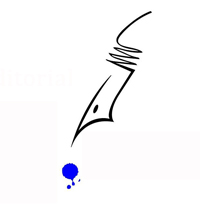
The Dog River, Valley of depth and stillness. Often it seems that no river runs there, so steep and close are the spurs along its course, as if they brushed together as they fell. The mountaineers chose its crags for monasteries, eyried and battered like Rhenish castles: Louaiza, site of the Maronite union with Rome; Christ-Roi, Mar Abda and Antoura, where Burckhardt and Lamartine stayed. Not even a goat track descends to the river. I climbed down for hundreds of feet, sliding among stones, hearing them fall far below awaking the valley’s loneliness; rested by wild lilies, sensing the mounting of the round-headed pines up the hill and their Mediterranean fragrance, heavy with summer nights; and at last saw the river, more corridor than valley, but bright and flexuous, like a reptile. The Greeks called the river Lycus, ‘the Wolf’, but ancient geographers, who knew little of Lebanon, do not tell why. In later myth some god or demon chained to the river’s mouth a monstrous wolf, and when it was lashed by the waves, its bellows could be heard in Cyprus. But others said that on stormy days the sea cried like a beast in the hollows of the promontory and from this arose the legend and the name. Yet a white plinth stands on a headland at the valley’s mouth above the sea, and an Arab tradition tells that the statue of a wolf stood here and barked a warning when an enemy fleet appeared upon the skyline. Perhaps this was a carving of the jackal-god Anubis, for the country was steeped in the cults of Egypt. The body of Osiris was washed up on the nearby shores and Isis, when she came to find him, was aided by Anubis.
–From Colin Thubron’s The Hills of Adonis: A Quest in Lebanon (1968).







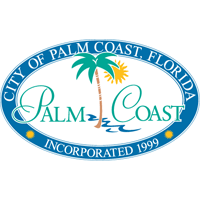

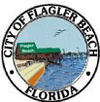
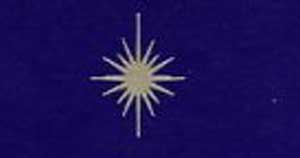

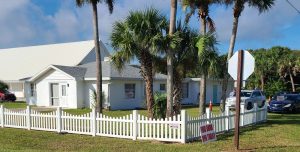

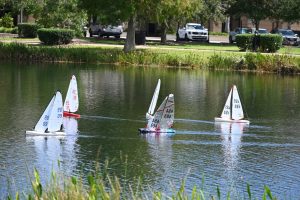























Joann Soman says
Fabulous cartoon today. Thanks very much
Pogo says
@FWIW
American Masters: Norman Lear
Monday, December 11 at 9 p.m.
In honor of Norman’s passing WUCF is airing a special episode of American Masters.
Largely responsible for the explosion of bold American television in the 1970s, writer/producer Norman Lear’s name is synonymous with the sitcom.
John Q Public says
This is bigotry at its core. Make no mistake, this is hate speech but not the kind this cartoon spews. This is white hate and it is pervasive throughout our schools and media. Good is good, ad is bad, it has no color or political affiliation. We need to say NO to this kind of racist hate infecting our young people, its simply not true.
Laurel says
I remember watching “All in the Family” when it first came out. My friend’s stepfather was a good man, and at the same time, he was a somewhat bigoted, country boy. We’d all watch the show together, and my friend and I would laugh at Archie, while her stepfather laughed with Archie!
The show was one of the best written shows that TV ever provided. Mr. Lear knew what he was doing! It’s still timely.